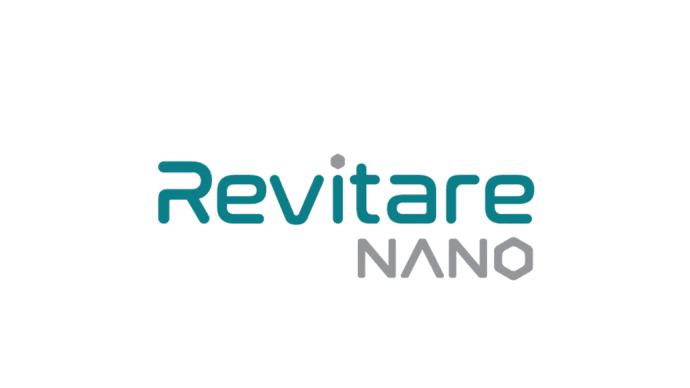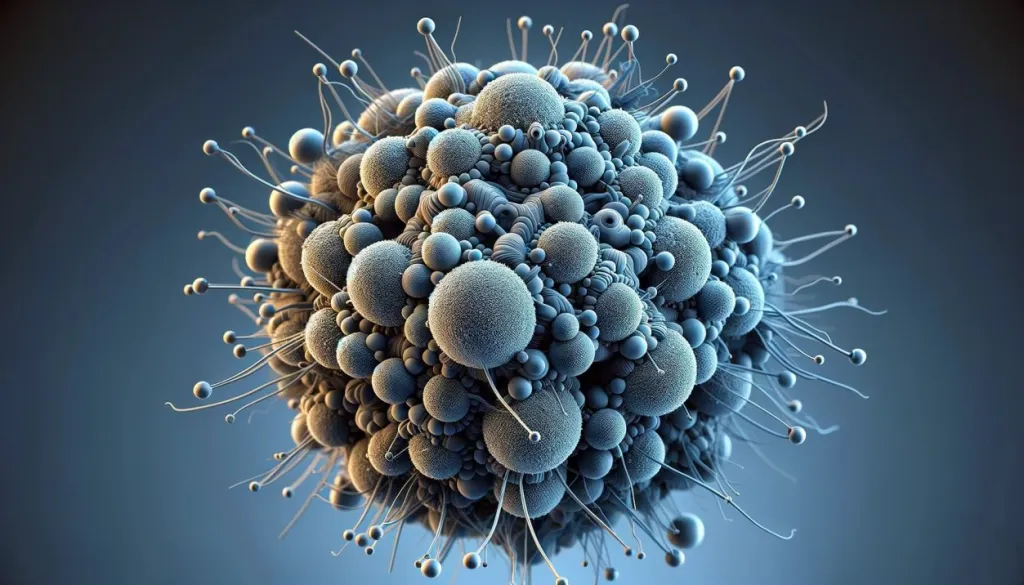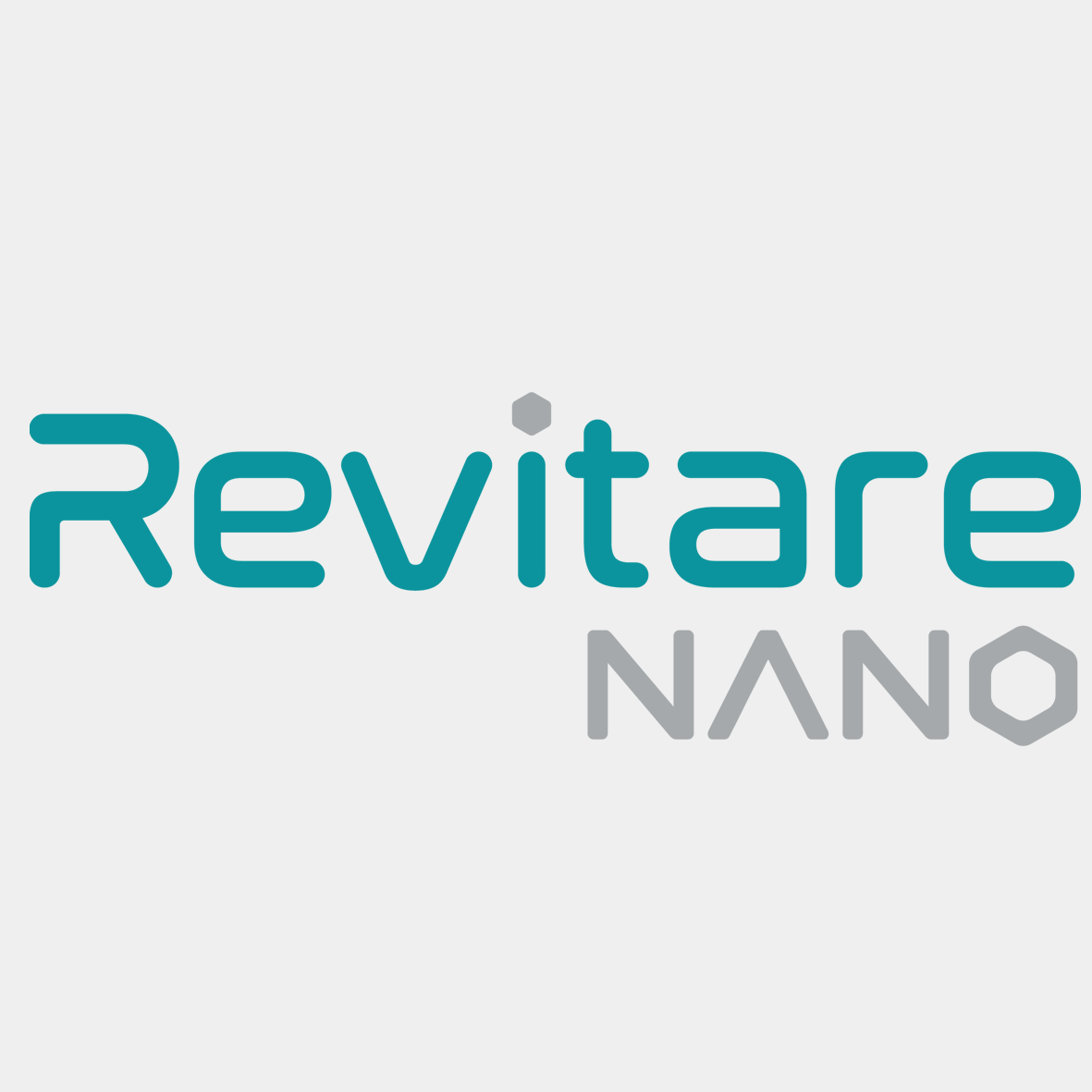In a world where everything appears clean and safe, the hidden truth reveals a lurking danger—microscopic organisms that undoubtedly impact our health and overall well-being. These tiny, invisible organisms can cause damage and disease, not just altering the appearance or scent of things, but also potentially affecting our general health and quality of life.
Imagine possessing the power to eliminate germs, bacteria, and microbes at your fingertips—a power unmatched in the realm of cleanliness and health. This is what silver nanoparticle technology offers, revolutionizing the fight against these microscopic organisms by penetrating their cells and destroying them from within. Thus, silver nanoparticle technology ensures a safe and clean environment for you and your family, whether at home, work, or even in hospitals. It provides an unparalleled solution, transforming the way we approach cleanliness and disease prevention in our daily lives.
Beyond Diseases: How Microorganisms Impact Our Daily Lives
When we think of microorganisms, we often associate them with serious diseases that threaten our health. However, did you know that these microscopic organisms not only cause diseases but also disrupt our daily lives in countless other ways? These less glaring yet equally bothersome issues include:
- Food Contamination and Spoilage: When these microorganisms proliferate in food, they produce toxins that spoil the taste and smell, rendering the food unfit for consumption. This contamination can occur in all types of foods, from fruits and vegetables to meats and dairy products, leading to significant financial and health losses.
- Foul Odors in Clothing and Shoes: Bacteria and fungi cause unpleasant odors that infiltrate our clothes and shoes. These odors result from the breakdown of sweat and natural oils on our skin. Over time, these microorganisms multiply in fabrics and fibers, making it difficult to remove odors even after washing.
- Dust and Mold in Pillows and Mattresses: Pillows and mattresses provide an ideal environment for mold growth, especially in areas with high humidity. Dust mites feed on dead skin cells we leave behind while sleeping, and mold grows in warm, moist areas. This invisible growth can cause health issues such as allergies and asthma, in addition to reducing sleep quality.
- Stains and Mold on Household Walls: Stains and mold appear on household walls due to high humidity and poor ventilation. These marks are not only aesthetically unappealing but also pose health risks. Mold spores can contribute to respiratory problems and allergies. These stains require frequent cleaning and special care to prevent their growth and spread.
How Silver Nanoparticles Break Down the Cell Barriers of Microorganisms
Imagine a world free from germs and bacteria, a world shining with cleanliness and health safety. This isn’t just a distant dream but a reality achieved thanks to silver nanoparticles. With these innovative particles, we have a powerful and effective weapon against microbes, bacteria, and fungi. Silver nanoparticles are distinguished by their tiny size, which allows them to penetrate microbial cells and destroy them effectively. This isn’t just a scientific advancement; it’s a revolution in how we approach health and hygiene.
Silver nanoparticles address biological challenges in diverse ways, enabling them to impact a wide range of microorganisms and thereby effectively control them. They attack microbes, viruses, and bacteria as follows:
Silver Nanoparticles in Bacteria Fighting
Silver nanoparticles effectively combat bacteria through several diverse and efficient mechanisms:
- Surface Attachment: When silver nanoparticles come into contact with bacteria, positively charged silver ions are attracted to the negatively charged surface of the bacteria. This leads to structural changes and disrupts their ability to regulate functions, ultimately leading to cell death.
- Cellular Penetration: Due to their small size, silver nanoparticles can penetrate the bacterial cell membrane and interact with its internal structure, causing destruction.
- Oxidative Stress: Silver nanoparticles are capable of producing reactive oxygen species, unstable molecules that interact with bacterial structures and enhance oxidative stress, leading to cell destruction.
- Disruption of Transport Pathways: In some cases, silver nanoparticles interfere with signal transduction within the cell, causing changes in cellular structure and its ability to survive.
Silver Nanoparticles in Virus Fighting
The effect of silver nanoparticles in combating viruses relies on multiple mechanisms that enable them to interact with these microorganisms effectively, unlike their direct impact on bacteria, where growth inhibition and cell destruction occur. The effect on viruses is more complex due to their proteinaceous and genetic nature, and it includes:
- Surface Interaction: Silver nanoparticles interact with the outer envelope of viruses, preventing them from attaching to host cells. This interaction works to inhibit the spread and replication of viruses within the body.
- Interaction with Genetic Material: Silver nanoparticles can directly bind to the genetic material (genome) of the virus, hindering its ability to replicate and spread in the body. This effect contributes to reducing the severity of infection and enhancing the body’s immune response to the virus.
Silver nanoparticles offer an innovative solution that combines lethal effectiveness against bacteria and viruses with ease of daily use. With them, surfaces transform into natural disinfectants, clothes become shields protecting us from microbes, and life regains its cleanliness in an unparalleled way.
Sources



